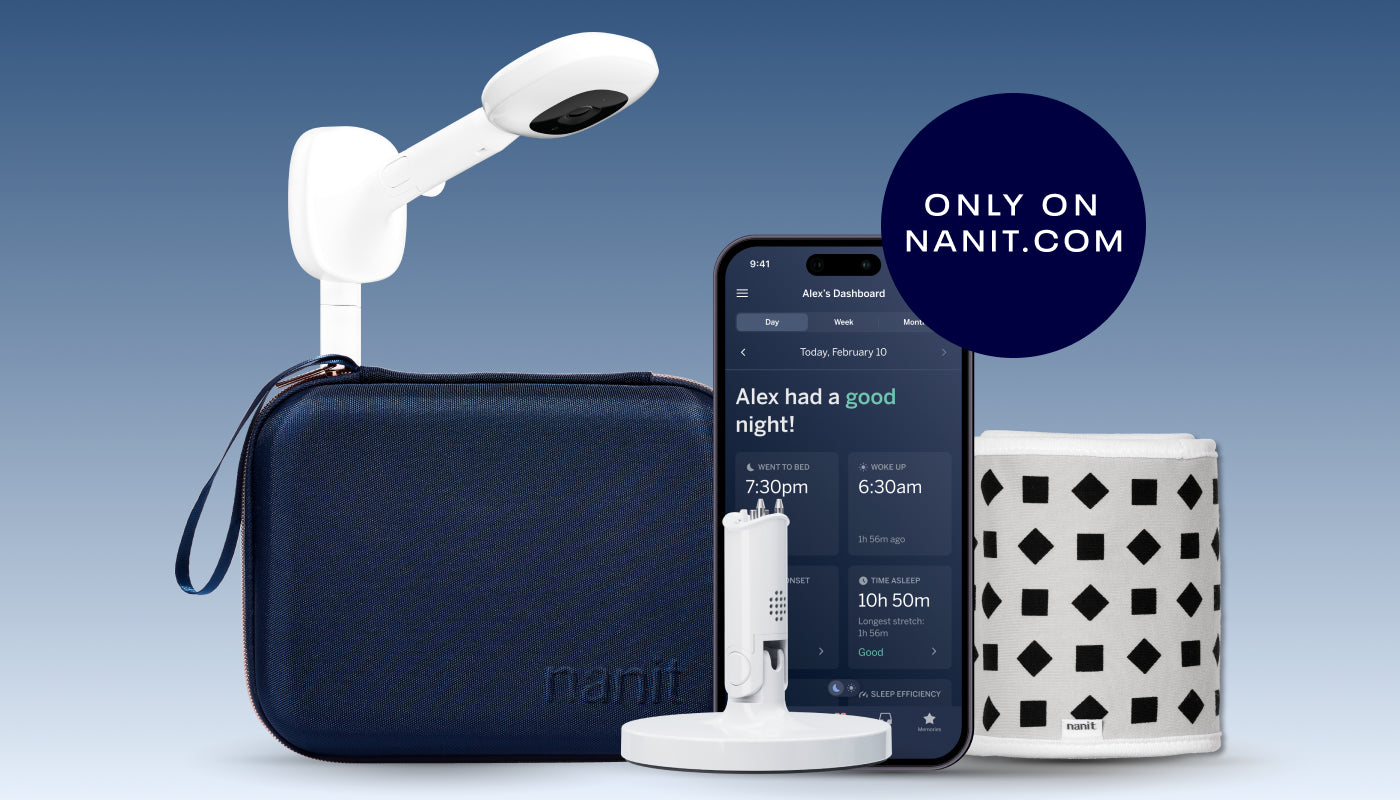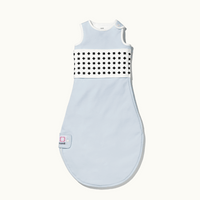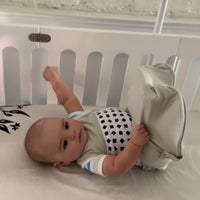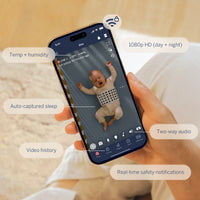Melissa N. Horger, Ruth Marsiliani, Aaron DeMasi, Angelina Allia & Sarah E. Berger
Abstract
Incorporating infant sleep, either as a predictor or as an outcome variable, into interdisciplinary work has become increasingly popular. Sleep researchers face many methodological choices that have implications for the reliability and validity of the data. Here, the authors directly investigated the impact of design and measurement choices in a small, longitudinal sample of infants. Three sleep measurement techniques—parent-reported sleep diaries, actigraphy (Micromini Sleep Watch), and a commercial videosomnography (Nanit)—were included, using actigraphy as the baseline. Nine infants’ sleep (4 girls) was measured longitudinally using all three measurement techniques. Nanit provided summary statistics, using a proprietary algorithm, for nightly sleep parameters. The actigraphy data were analyzed with both the Sadeh Infant and Sadeh algorithms. The extent to which measurements converged on sleep start and end time, number of wake episodes, sleep efficiency, and sleep duration was assessed. Measures were positively correlated. Difference scores revealed similar patterns of greater sleep estimation in parent reports and Nanit compared with actigraphy. Bland-Altman plots revealed that much of the data were within the limits of agreement, tentatively suggesting that Nanit and actigraphy may be used interchangeably. Graphs display significant variability within and between individual infants as well as across measurement techniques. Potential confounding variables that may explain the discrepancies between parent report, Sadeh Infant, Sadeh, and Nanit are discussed. The findings are also used to speak to the advantages and disadvantages of design and measurement choices. Future directions focus on the unique contributions of each measurement technique and how to capitalize on them.
Keywords
Actigraphy; infant; parent report; sleep measurement; videosomnography.
About the Researchers
The researchers included Melissa N. Horger, Ruth Marsiliani, Aaron DeMasi, Angelina Allia & Sarah E. Berger

- Dr. Sarah Berger is a Professor of Psychology at the College of Staten Island and the Graduate Center of the City University of New York. She received her PhD from New York University. Dr. Berger was an American Association of University Women Postdoctoral Research Fellow and a Fulbright Research Scholar. Dr. Berger studies the interaction between cognitive and motor development in infancy, particularly response inhibition and its implications for the allocation of attention in very young children. A line of National Science Foundation (NSF)-funded work, in collaboration with Dr. Anat Scher, has been the first to study the impact of sleep on motor problem solving in infancy.
This paper was published in The Journal of Genetic Psychology. Access the full article here.



























